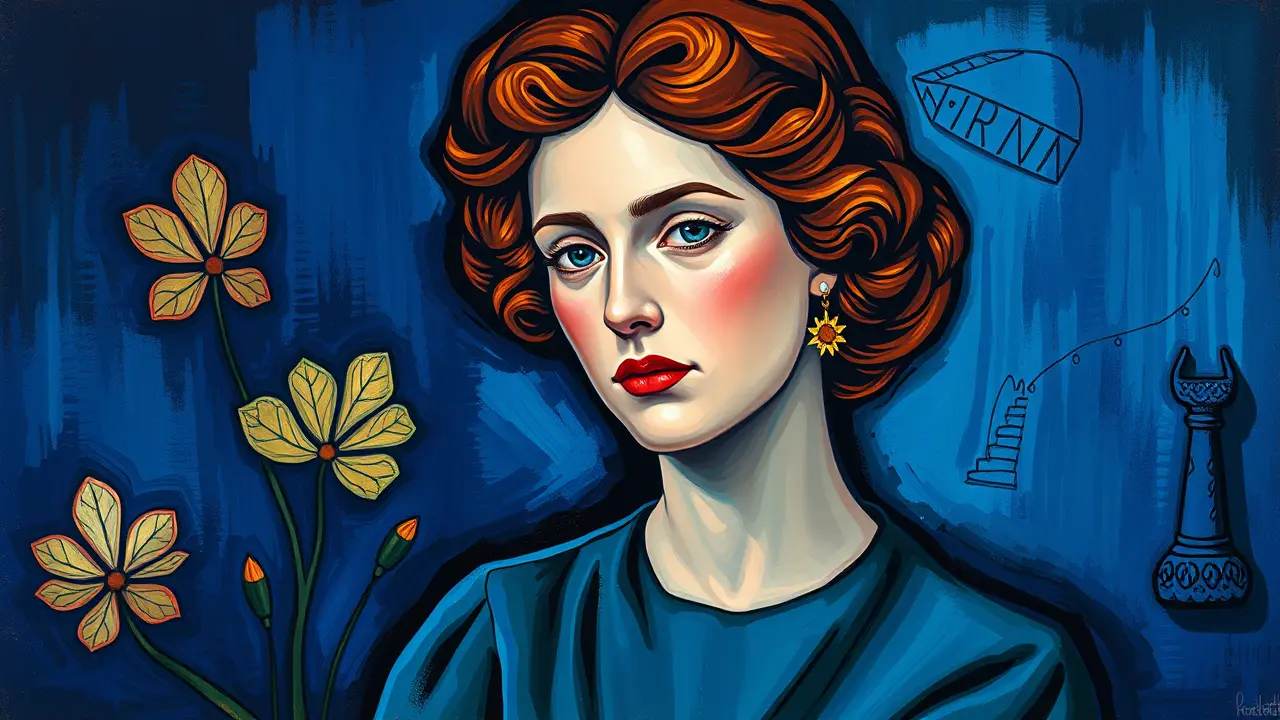
Entertainmenttheatre & artsArt Exhibitions
Art Show Revives Forgotten Matisse Muse Olga Meerson.
AM
Amanda Lewis
1 day ago7 min read
In a quiet corner of Germany, the Schlossmuseum Murnau has mounted an exhibition that does more than simply hang paintings on a wall; it performs an act of historical reclamation, pulling the figure of Olga Meerson from the obscurity to which she was consigned and placing her firmly back within the frame of art history, not as a passive muse but as a formidable artist in her own right. For decades, Meerson was known, if at all, as one of Henri Matisse’s favored models during a crucial period in his early career, her face and form immortalized in his Fauvist explorations of color and line.Yet this show, meticulously curated and rich with archival depth, compellingly argues that Meerson was far more than a subject—she was a peer, a colleague navigating the same turbulent waters of the Parisian avant-garde, her own artistic voice ultimately silenced by a confluence of personal tragedy, political upheaval, and the often-cruel selectivity of the art historical canon. A Russian émigré of considerable talent and training, Meerson studied under the same masters as her male counterparts and exhibited a bold, expressive style in her portraits and landscapes that echoed the revolutionary spirit of the time, yet her legacy was eclipsed, her canvases scattered or stored away, while the men she modeled for achieved immortality.This exhibition, therefore, is not a mere collection of artifacts but a critical revision, a narrative correction that asks us to reconsider the very nature of inspiration and the power dynamics inherent in the artist-muse relationship. By presenting her paintings, drawings, and personal correspondence alongside the iconic Matisse works for which she posed, the museum creates a powerful dialogue, revealing not a hierarchical dynamic but a symbiotic exchange of ideas.The show forces a confrontation with the systemic biases that have allowed countless women artists to fade into the background, their contributions dismissed as amateurish or secondary, and it situates Meerson within a broader movement of rediscovering such lost figures, from Hilma af Klint to Leonora Carrington. Art critics and historians attending the preview have noted the profound emotional resonance of seeing Meerson’s work stand on its own, a testament to a vision that was always present, merely waiting for the cultural moment to be seen.The consequence of this revival extends beyond the walls of the museum; it challenges collectors, institutions, and academics to continue this work of excavation, to look beyond the established names and question the completeness of the stories we tell about art. In the end, the Schlossmuseum Murnau has done more than host a show; it has staged an intervention, ensuring that Olga Meerson is no longer a footnote in Matisse’s biography but is recognized as a significant artist whose time has, finally, come.
#Olga Meerson
#Henri Matisse
#art exhibition
#Schlossmuseum Murnau
#rediscovered artist
#art history
#featured
Stay Informed. Act Smarter.
Get weekly highlights, major headlines, and expert insights — then put your knowledge to work in our live prediction markets.
Comments
It’s quiet here...Start the conversation by leaving the first comment.
© 2025 Outpoll Service LTD. All rights reserved.